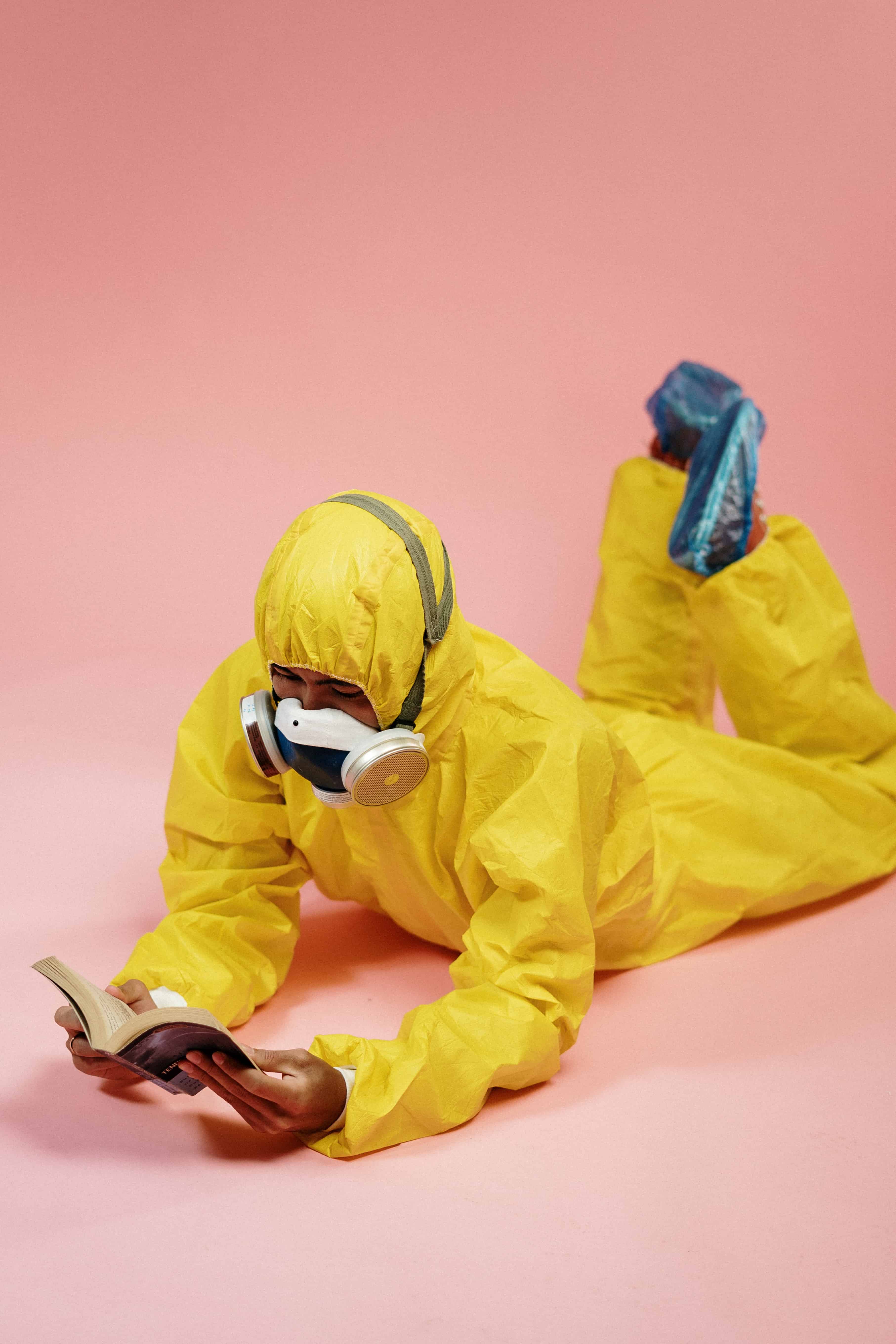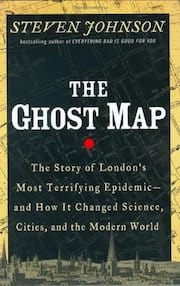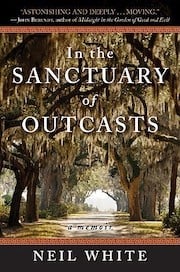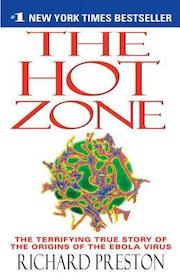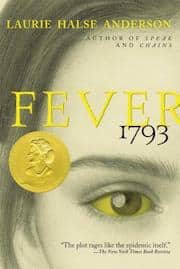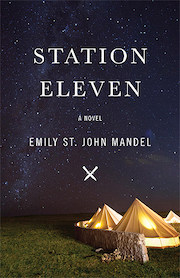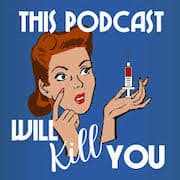I have always loved reading about diseases and their effects on communities. Even though I knew the reality of living through one, I never really imagined I would. Well, here we are. So, here’s a short list of the books I’ve read in the past, never imagining I could possibly be a character in a similar story in the future.
Oh, and my favorite podcast:)
1. Ghost Map: The Story of London’s Most Terrifying Epidemic-and How It Changed Science, Cities, and the Modern World by Steven Johnson
From Steven Johnson, the dynamic thinker routinely compared to James Gleick, Dava Sobel, and Malcolm Gladwell, The Ghost Map is a riveting page-turner about a real-life historical hero, Dr. John Snow. It’s the summer of 1854, and London is just emerging as one of the first modern cities in the world. But lacking the infrastructure—garbage removal, clean water, sewers—necessary to support its rapidly expanding population, the city has become the perfect breeding ground for a terrifying disease no one knows how to cure. As the cholera outbreak takes hold, a physician and a local curate are spurred to action—and ultimately solve the most pressing medical riddle of their time. In a triumph of multidisciplinary thinking, Johnson illuminates the intertwined histories and inter-connectedness of the spread of disease, contagion theory, the rise of cities, and the nature of scientific inquiry, offering both a riveting history and a powerful explanation of how it has shaped the world we live in.
2. In the Sanctuary of Outcasts by Neil W. White III
The emotional, incredible true story of Neil White, a man who discovers the secret to happiness, leading a fulfilling life, and the importance of fatherhood in the most unlikely of places—the last leper colony in the continental United States.
3. The Hot Zone: The Terrifying True Story of the Origins of the Ebola Virus by Richard Preston
A highly infectious, deadly virus from the central African rain forest suddenly appears in the suburbs of Washington, D.C. There is no cure. In a few days 90 percent of its victims are dead. A secret military SWAT team of soldiers and scientists is mobilized to stop the outbreak of this exotic “hot” virus. The Hot Zone tells this dramatic story, giving a hair-raising account of the appearance of rare and lethal viruses and their “crashes” into the human race. Shocking, frightening, and impossible to ignore, The Hot Zone proves that truth really is scarier than fiction.
4. Pandemic 1918: The Story of the Deadliest Influenza in History by Catharine Arnold
In January 1918, as World War I raged on, a new and terrifying virus began to spread across the globe. In three successive waves, from 1918 to 1919, influenza killed more than 50 million people. German soldiers termed it Blitzkatarrh, British soldiers referred to it as Flanders Grippe, but world-wide, the pandemic gained the notorious title of “Spanish Flu.” Nowhere on earth escaped: the United States recorded 550,000 deaths (five times its total military fatalities in the war), while European deaths totaled more than two million.
Amid the war, some governments suppressed news of the outbreak. Even as entire battalions were decimated, with both the Allies and the Germans suffering massive casualties, the details of many servicemen’s deaths were hidden to protect public morale. Meanwhile, civilian families were being struck down in their homes. Philadelphia ran out of gravediggers and coffins, and mass burial trenches had to be excavated with steam shovels. Spanish flu conjured up the specter of the Black Death of 1348 and the great plague of 1665, while the medical profession, shattered after five terrible years of conflict, lacked the resources to contain and defeat this new enemy. Through primary and archival sources, historian Catharine Arnold gives readers the first truly global account of this terrible epidemic.
5. Fever 1793 by Laurie Halse Anderson
It’s late summer 1793, and the streets of Philadelphia are abuzz with mosquitoes and rumors of fever. Down near the docks, many have taken ill, and the fatalities are mounting. Now they include Polly, the serving girl at the Cook Coffeehouse. But fourteen-year-old Mattie Cook doesn’t get a moment to mourn the passing of her childhood playmate. New customers have overrun her family’s coffee shop, located far from the mosquito-infested river, and Mattie’s concerns of fever are all but overshadowed by dreams of growing her family’s small business into a thriving enterprise. But when the fever begins to strike closer to home, Mattie’s struggle to build a new life must give way to a new fight—the fight to stay alive.
6. Station Eleven by Emily St. John Mandel
Set in the days of civilization’s collapse, Station Eleven tells the story of a Hollywood star, his would-be savior, and a nomadic group of actors roaming the scattered outposts of the Great Lakes region, risking everything for art and humanity.
One snowy night a famous Hollywood actor slumps over and dies onstage during a production of King Lear. Hours later, the world as we know it begins to dissolve. Moving back and forth in time—from the actor’s early days as a film star to fifteen years in the future, when a theater troupe known as the Traveling Symphony roams the wasteland of what remains—this suspenseful, elegiac, spellbinding novel charts the strange twists of fate that connect five people: the actor, the man who tried to save him, the actor’s first wife, his oldest friend, and a young actress with the Traveling Symphony, caught in the crosshairs of a dangerous self-proclaimed prophet.
This Podcast Will Kill You
Grad students studying disease ecology, Erin and Erin found themselves disenchanted with the insular world of academia. They wanted a way to share their love of epidemics and weird medical mysteries with the world, not just colleagues. Plus, who doesn’t love an excuse to have a cocktail while chatting about pus and poop?
Now, Go. See. Do.
~meemish

